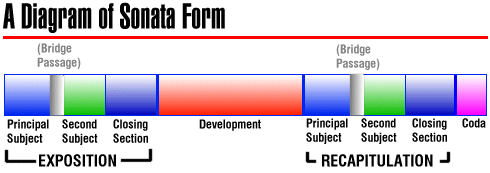Great Book for Movie Fans
Save the Cat. It is actually a book on screenwriting, but you don't need to be a writer to enjoy it. I zipped through it in a few hours. I just downloaded the sequel, which is perhaps more targeted at movie buffs in that it takes his framework from the first book and shows how 30 famous movies follow it.
The reason it is compelling is that it lays out the script formula -- down to the minute -- followed by a LOT of modern movies. I have seen the structure discussed in this book repeated in enough other books to be convinced that it is indeed the formula used by most writers, taught to most amateurs, and eschewed only by the most confident.
My wife's first reaction was: how limiting, to turn movies into repetitious formulas. There is in fact a substantial school of thought that Save the Cat has singled-handedly killed movie-making creativity. I understand and sympathize with that response, but remember that symphonies and sonnets and Shakespeare plays and Greek tragedies all have a defined "standard" formula as well. Here, for example, is the typical structure of a Sonata (many or even most first movements of symphonies are in this format) (source)
Even when artists violated these forms, they were familiar with the forms and knew they were violating them and were doing so for a reason. When you take Music 101, a lot of the time is learning these forms. So why shouldn't one do something similar in trying to appreciate film?
Save the Cat presents the movie version of this. Other books like this book provide a separate take. But what is amazing is not that they are different -- they use different terminology -- but how absolutely similar they are when you cut through the jargon, down to the script page numbers for each event.
PS- This may be one of those if you can't do, teach things. His book on writing screenplays is a bestseller, though he only had two movies produced from his work (he died fairly young) and one of these won a Razzie for worst screenplay of the year. To some extent, it all depends on how you define "success". He sold a couple of dozen spec scripts, which is the very definition of "not easy".

Suderman reviewed this book for Slate and was generally negative about it. But is it any different from the expectation that most movies and songs have an expected length (maybe 90+ minutes for movies, almost 2 hours for films, <80 minutes for kids movies, 3-ish minutes for radio hit songs, etc.) or that restaurant meals will generally come with a couple sides and be served with a drink? When you think about it, a lot of mass consumed creativity is still limited by certain boundaries and expectations. People expect a plot with a hero and some troubles, they expect a song to have some sort of catchy chorus or beat, and they expect a meal to have a protein, a starch, and a vegetable. These expectations are constantly challenged, tweaked, or openly subverted, but it's noticeable that somebody is varying from the norm. Somehow millions of people enjoy all of these things every day, and creative variants are still produced that fall mostly within these vague constraints.
Essays have forms. Short stories have forms. Novels within particular genres have forms (or formulas)--good examples are whodunit mysteries and romance novels. Most genres of paintings have forms. So do TV shows: cop shows, sit-coms, "reality" shows, teen dramas, etc.
Beethoven stretched the sonata form way beyond the model shown. Conclusions ready for drawing.
That wouldn't be referring to the darned cat in Alien I, would it?
Structure and rules not only allow creativity but are often the source of it, something poets have always known. I find that the most creative bits of my own work (programming) arise from dealing with constraints and I suspect you see something similar in running a business. The composer Arnold Schoenberg tired of writing 'free, atonal' music and devised his own set of rules, twelve tone serialism, which became the basis of composition for a whole group of early twentieth century musicians. (Incidentally, Beethoven used the same technique for a portion of his 9th Symphony, more than a century earlier.) Most of the lines in Shakespeare's plays were written in iambic pentameter, which I personally believed was to make them easy to memorize, but certainly forced him to create many memorable phrases. Perhaps Save the Cat gave birth to at least as much creativity as it supposedly killed.